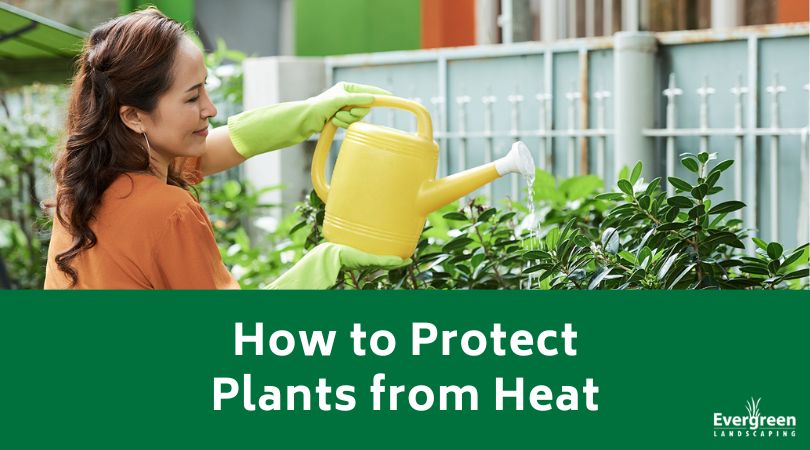Extreme temperature swings and unseasonably warm weather can cause a lot of potential damage and stress for your plants. Even plants that love warmer temperatures aren’t huge fans of sudden temperature changes. However, most plants are much more resilient than you know. If you put a few protective measures in place, you can quickly help your plants make it through a heat wave with almost no impact. We’ll outline several ways you can protect your plants below, and you can decide which one is going to work best for your situation.
- Add Mulch Around Your Plants
Ideally, you’ll add a one to three-inch layer of mulch around all of your plants, and you want to leave a small gap right by the stems. Mulch is excellent for helping to insulate the root zone of your plants, and this can work to stop fluctuating temperatures. Mulch is also great for helping keep the soil and roots cooler as the temperature starts to climb. As a bonus, mulch is a great weed deterrent, so your plants won’t have to compete for water or nutrients.
- Put up Shade Cloths
Shade cloths are exactly what they sound like, and you can typically buy them in rolls from your local garden center. You can drape them over your plants to help shield them from the sun during the hottest parts of the day in the afternoon hours. The plants will still get sun in the morning, but it’ll block the harshest rays from reaching your plants to help keep the area cooler. If you don’t want to drape it right on your plants, you can set up wire hoops over your plants as a support system for the cloth.
- Water Early in the Morning
Instead of waiting until later in the day to water, you should plan on getting up early and watering before the sun starts heating up the area. It works to ensure that the plant roots are hydrated before the sun’s rays hit them. This is important because the heat can pull the water out of the soil and dehydrate any surface roots, negatively impacting the plant’s ability to absorb nutrients and water. Watering early is also a nice way to ward off heat stress; you can think of this as sunburn for your plants.
- Plant the Seeds Slightly Deeper
If you haven’t planted your seeds yet, you can plan on putting them an inch or two deeper in the soil. This won’t negatively impact their growth, but it will help save them from the heat if the topsoil starts to dry out in the middle of the day. It also encourages your plants to have deeper roots, and these roots are less likely to get dehydrated from the sun later on. Look and see what the planting depth is on the seed packet and add an inch or so. This will be more than enough to help protect the roots and encourage strong growth.
Contact Evergreen Landscaping for More Tips to Protect Your Plants
Summer is here, and it’s your job to protect your plants. The professionals at Evergreen Landscaping are here to help, and all you have to do is reach out and contact us today.

